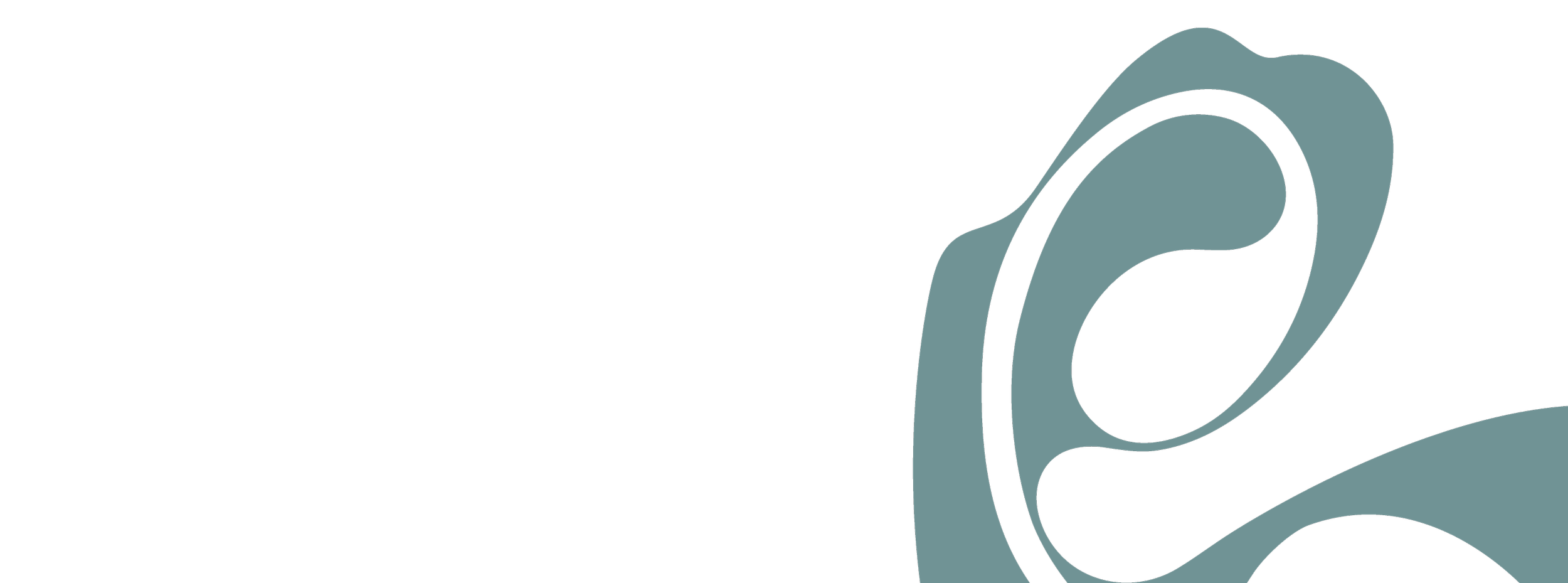Circular Design
Design is the creative force that shapes our material and spatial environments, encompassing everything from our clothing and living spaces to our food and transportation.
When something is designed, it involves making crucial decisions that affect its manufacturing process, usage, and life cycle. These decisions can be difficult to reverse if they are later found to produce negative consequences.
Our current global economic structures follow a linear model of 'take, make, waste', where the focus is on meeting the needs of the immediate end user during the design phase.
Circular design involves rethinking the entire process of creating a product, from concept to end-of-life and regeneration, with consideration for its social, economic, and environmental impacts.
This includes where it is made, how it is made, what materials are used, who uses it, and its regenerative life cycle.
Circular design aligns with and facilitates the THREE PRINCIPALS of the circular economy:

Our team has developed a circular design tool that allows us to assess the potential impact areas of a project or design before we commence work.
By carefully evaluating a product's long-term existence, we can design to eliminate waste and rebalance social, environmental, and economic impacts from the conceptual stage.
Using Circular Design methods requires constant refining, rethinking and collaboration.
We believe in working collectively, skill-sharing and reusing resources to evolve designs that can be both beautiful and viable whilst simultaneously benefiting communities, rebalancing and redistributing wealth of local economies and regenerating the ecosystems of our planet. It just makes sense.
Acknowledging that there is always more to learn, we seek knowledge from others and share our own to promote growth and collaboration.
To delve deeper into the circular economy or learn about the significance of circular design click here
